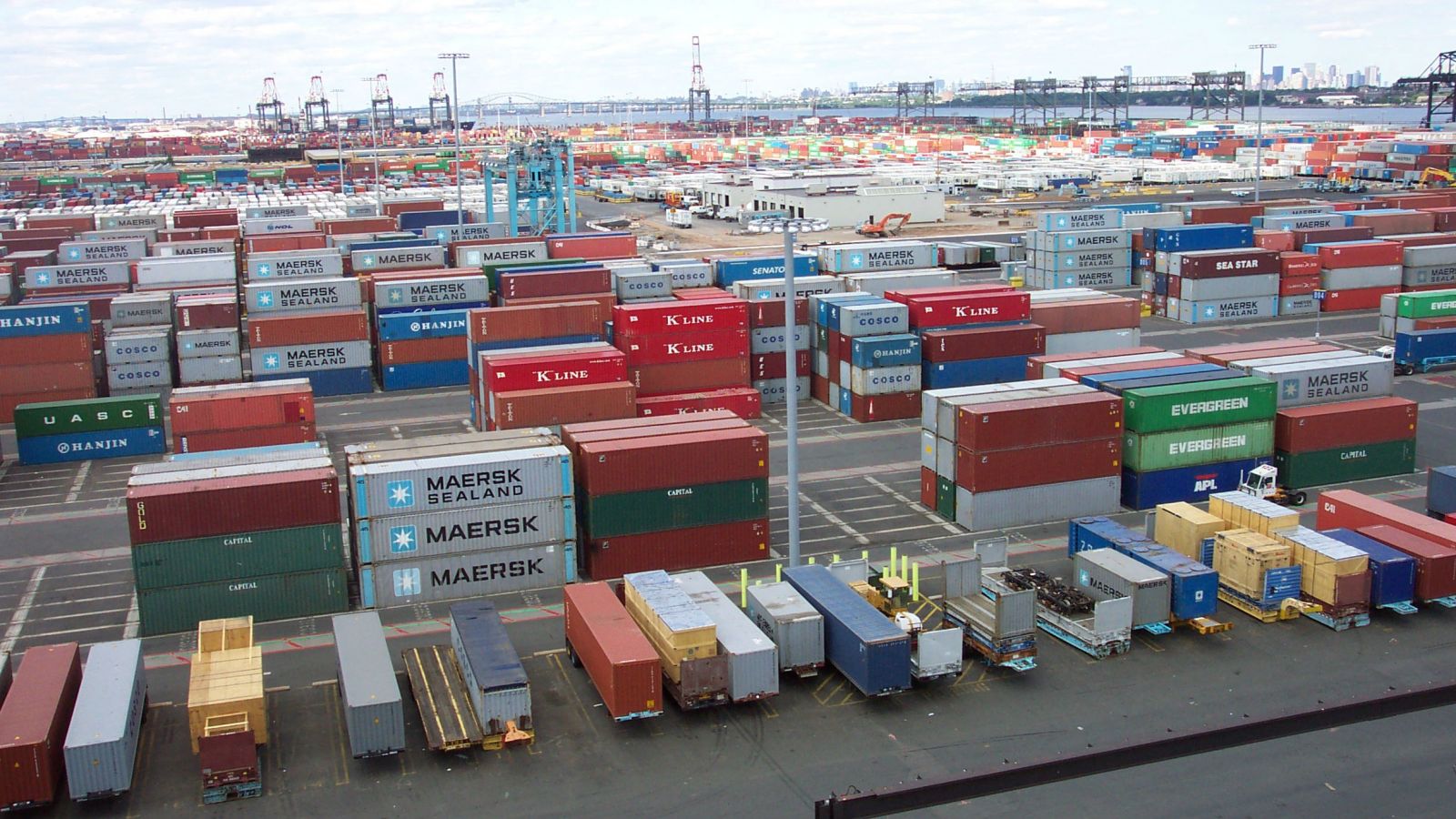A Tale of Two Christmases

Peak season is fast approaching for container carriers and market intelligence company Xeneta predicts it could well be a tale of two Christmases.
Xeneta, which crowd-sources real-time global shipping data covering more than 160,000 port-to-port pairings, predicts significant recovery for the container segment in 2017. U.S. ports, it says, have never been busier, and in September China to Northern Europe main port long-term freight rates for 40-foot containers jumped by 65 percent year-on-year.
However, the sector is in flux yet again, with decidedly mixed fortunes on the horizon, says Xeneta CEO Patrik Berglund. “We are now entering the most important period for both the carriers and the global retailers they service,” he says, noting that, traditionally, retailers earn between 25 and 40 percent of their annual sales in November and December. “High consumer confidence and strong job growth in the U.S. bodes well for the industry, with shops intent on stocking up for the expected Thanksgiving-Christmas rush. The Washington DC-based National Retail Federation has forecast U.S. container imports to grow by as much as 13 percent in October (year-on-year). Demand is impressively strong, but in Europe it’s a different story.
“Stubbornly high unemployment, sitting at 9.1 percent in the Eurozone (compared to just 4.3 percent in the U.S.), combined with Brexit uncertainty and the sluggish growth of several large economies, are factors combining to give the lowest scores in the E.U. economic confidence index since 2009. And, not surprisingly, those who are unemployed, under-employed, or afraid they soon will be one of those two things, aren’t in the mood to spend too much on discretionary retail items. That weak confidence and demand naturally hits the carriers.”
Berglund says the impacts are already being seen. Maersk recently decreased capacity on its Asia-Europe routes by 10 percent, while both the CKYH and G6 Alliances have each cut one of their Asia-European runs, reducing 11 weekly sailings to nine. In addition, industry reports point to the fact that carriers are reducing vessel speeds to save fuel costs, some by 10 percent – suggesting that margins are now so fine that every cent saved makes a difference.
These actions will help maintain rates and create the appearance of a still healthy market. However, this is merely a short-term fix in the hope that broader economic factors will eventually correct the supply/demand balance. Of course, there is no guarantee of when that will happen, says Berglund.
“It’s a worrying time for those servicing European ports, and the shippers who rely on predictability of service,” he states, “and the rate development paints a clear picture of that.”
Xeneta data shows that, in the period mid July 2017 to end of September 2017, short-term rates for a 40-foot container on the Asia to main European ports declined from $1,880 to $1,633, a fall of some 10 percent. Contrast that with developments in the U.S. Here the short-term rates, across the same period, climbed from $1,430 to $1,611, an increase of 13 percent.
“The contrasting fortunes are so strong that Maersk CEO Soren Skou recently commented that ‘Christmas will come to America, but probably not to Europe’,” says Berglund. “However, things in this most dynamic of sectors are never quite that clear cut. The container segment can change overnight.”
